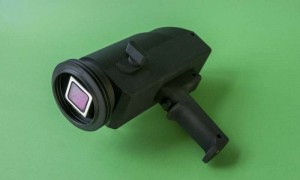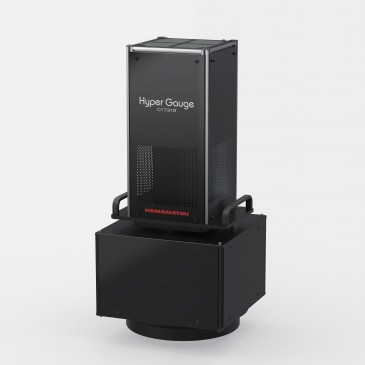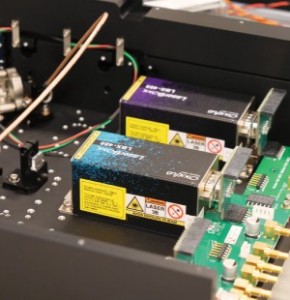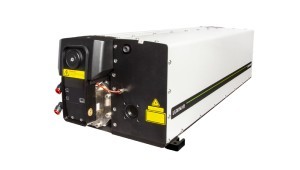
Researchers at the Fraunhofer Institute for Surface Engineering and Thin Films IST in Braunschweig, Germany, have developed a new device that measures the photocatalytic effectiveness of surfaces more accurately and quickly, even in the field. The test results could enable scientists to improve the efficiency of material compounds, which could lead to better photocatalytically active building materials.
Photocatalytic systems, such as anatase-TiO2-coated surfaces, are able to promote chemical reactions of adsorbed molecules when an electron-hole pair is generated. On the surface, the electron can deoxidize and the hole can oxidize chemical compounds, such as fatty acids or organic dyes. “The main idea of this new measurement technique was to visualize these processes by a portable test instrument, which is able to measure the oxidative power of photocatalytic surfaces in the field,” explains Frank Neumann, head of the Working Group Photocatalysis at Fraunhofer IST.
What exactly is being measured?
Fraunhofer IST is one of the eleven partners in the joint project PureBau, who aim to better understand the relationship between the photocatalytic efficiency of building materials in the laboratory compared with their practical use in real-world, outside conditions. The goal, of course, is then to improve the efficiency of the material compounds to develop better photocatalytically active building materials. The problem until now had been that previous research and development of photocatalytically active building materials was often a trial-and-error process, due to the lack of an adequate measurement procedure.
Until now, nearly all measurements for testing the self-cleaning effect of surfaces has been done in the lab — an approach, of course, that cannot adequately consider real-time outdoor conditions. Moreover, many of these tests last for several hours and are not suited to rough and absorbing surfaces, such as concrete or plaster. “Here, the luminescence method comes into play — being fast, cheap, reliable and applicable to any type of surface,” Neumann says about his team’s novel measuring tool.
“The main principle of this idea is to bring a luminescent dye thin-film into contact with the photocatalytic surface and excite it with the same light that is being used for activating the photocatalyst,” Neumann says. “The inactivation of the dye is then equal to fading of the luminescence and can be calculated as a photocatalytic decomposition rate of the investigated surface.”
Developing the next generation of photocatalytically active building materials
The new method developed by Fraunhofer could indeed catalyze the development of the next generation of photocatalytically active building materials. Neumann explains how: “With this technique, many materials such as concrete or plaster can be qualified for self-cleaning purposes independent from surface roughness, porosity or color.” The photocatalysis expert adds that the innovative measuring method can be an integrated step of the manufacturing process itself or could be applied later in the field.
Taking the new method from the lab to the field
“The key to this technique was to transfer a mono-layer of the luminescent dye onto a transparent polymeric carrier by means of chemical bonding to specific anchor groups,” Neumann explains. “This delivered highly conform and homogeneous luminescent thin films.”
The carriers prepared with this technique can easily be transferred into the mobile measurement instrument, which can then be used in the field.
Bringing the measuring method to market
It will not be too long before materials developers can use the tool for efficiently measuring photocatalytically active building materials in the real world: “We expect to bring this technology into the market within the next two years, together with our partner Omicron Laserage Laserprodukte, who will be responsible for system design, manufacturing and distribution,” Neumann says.
Next step
The next step for Neumann and his colleagues will be to implement detailed tests in the field and to bring the demonstrator to a prototype level.
Written by Sandra Henderson, Research Editor, Novus Light Technologies Today























 Back to Features
Back to Features



























